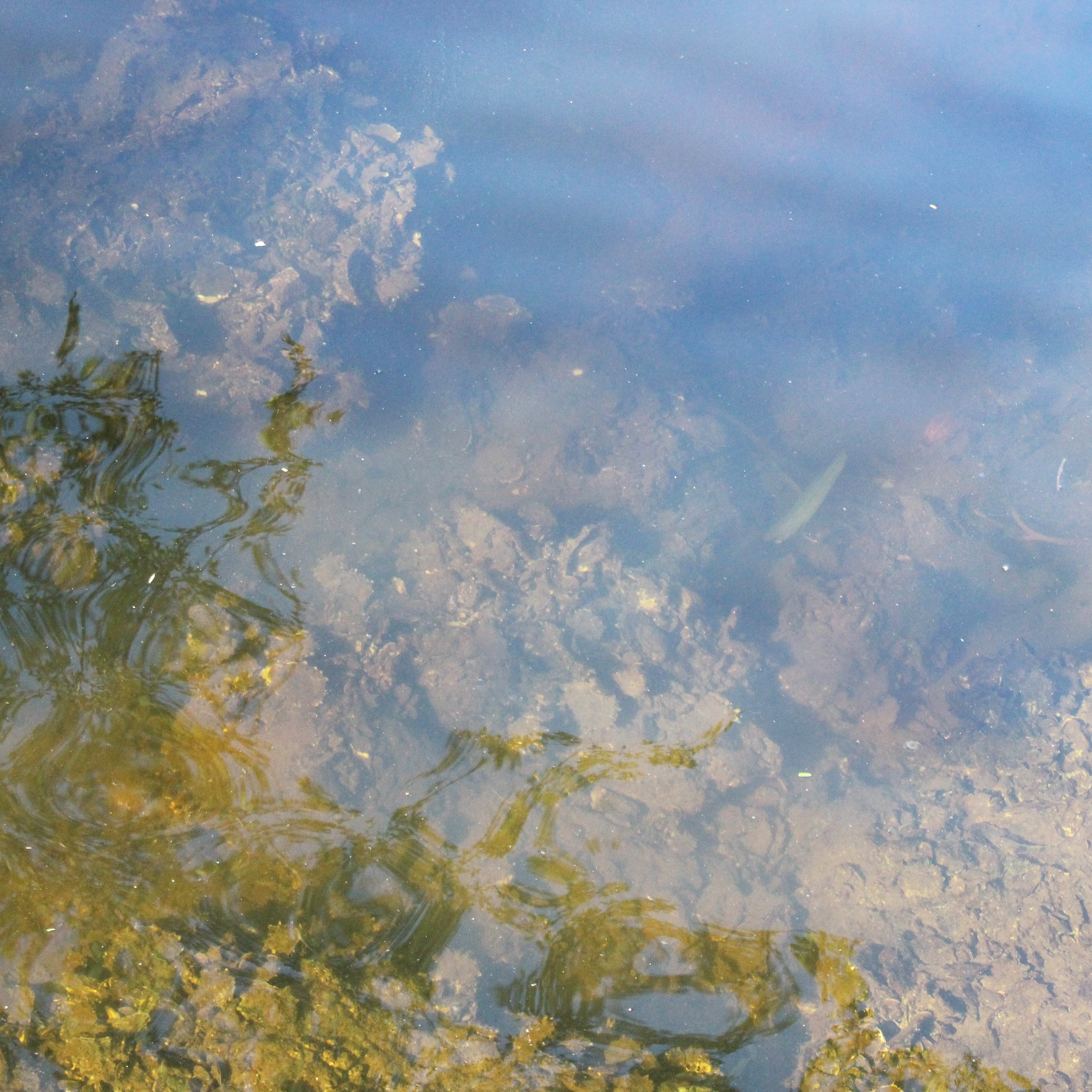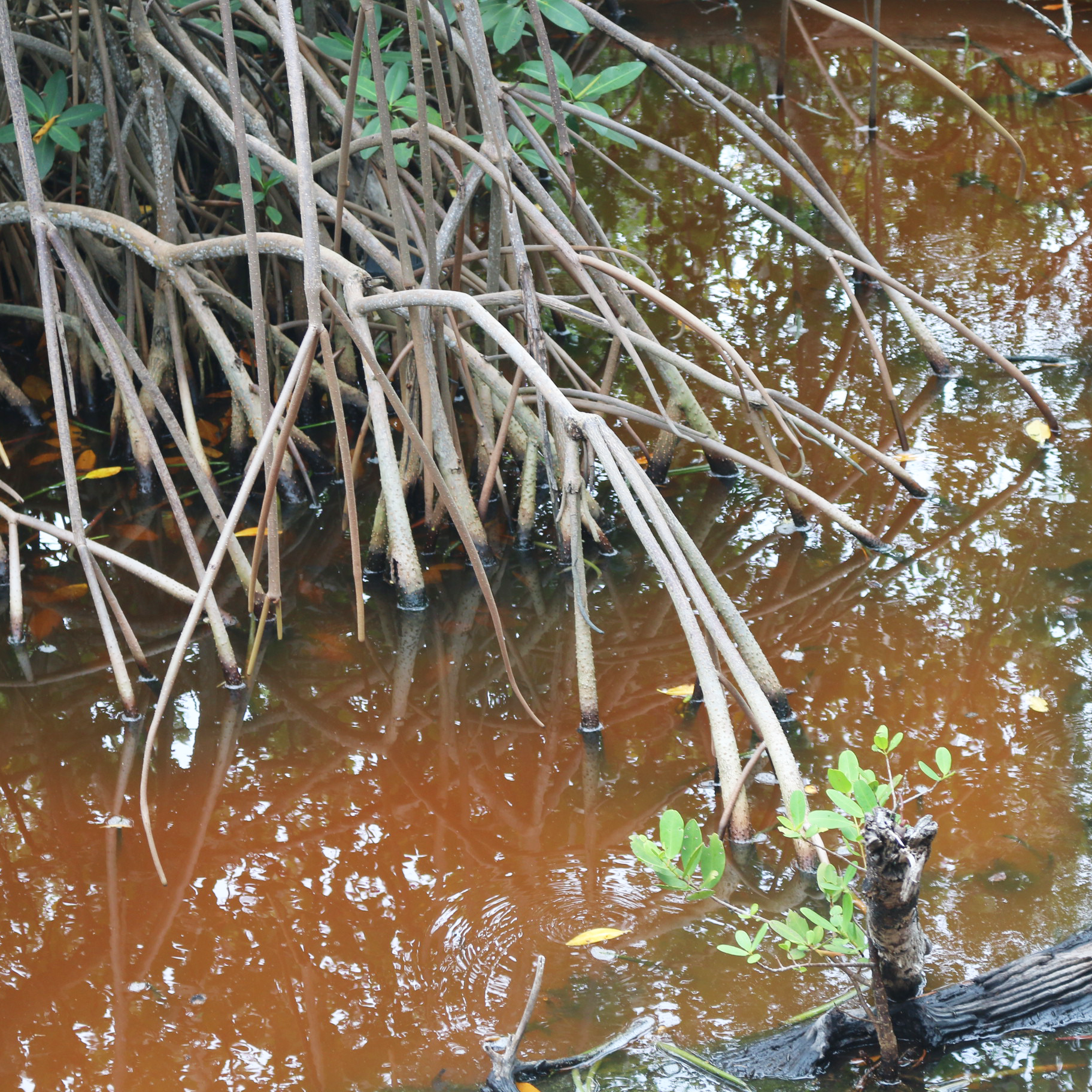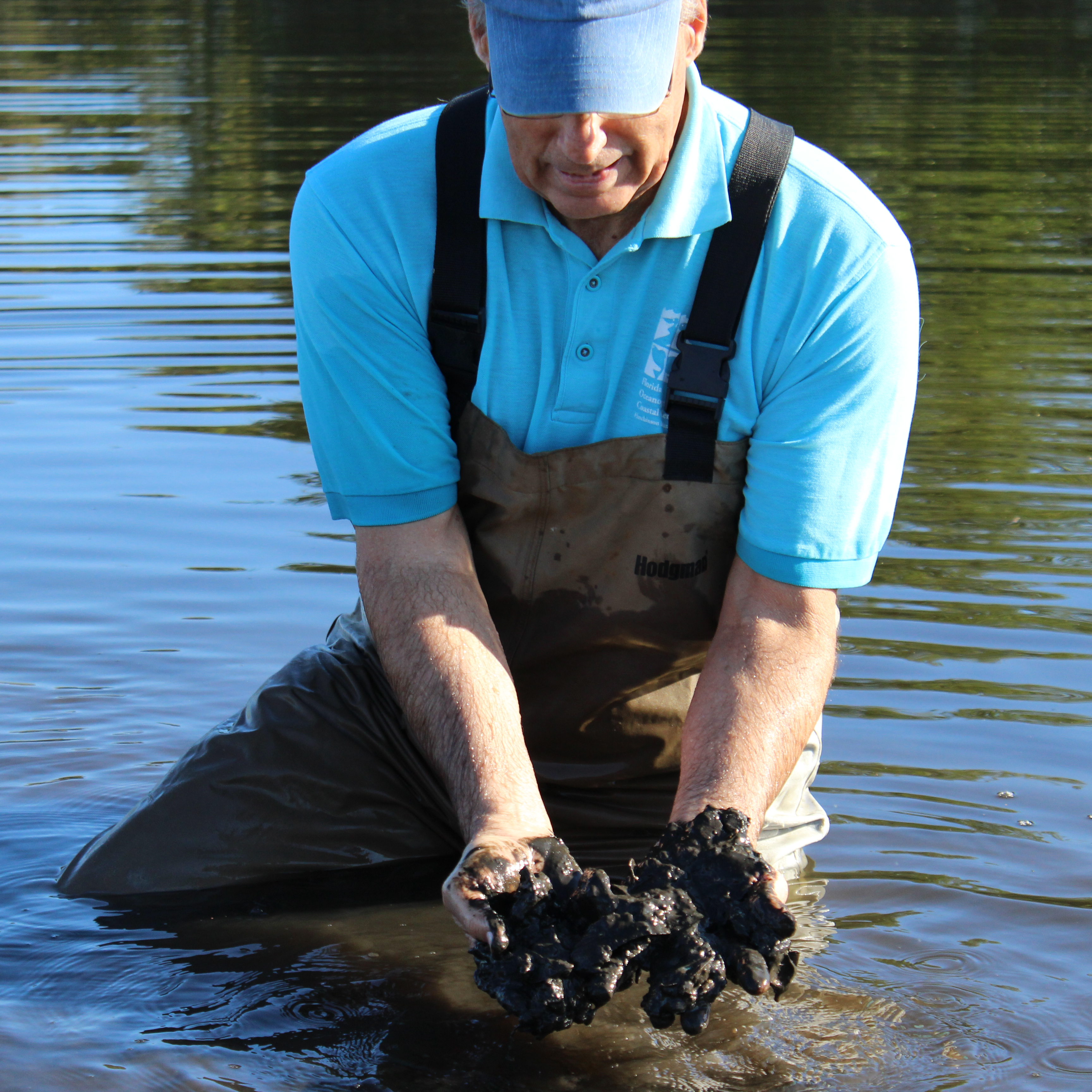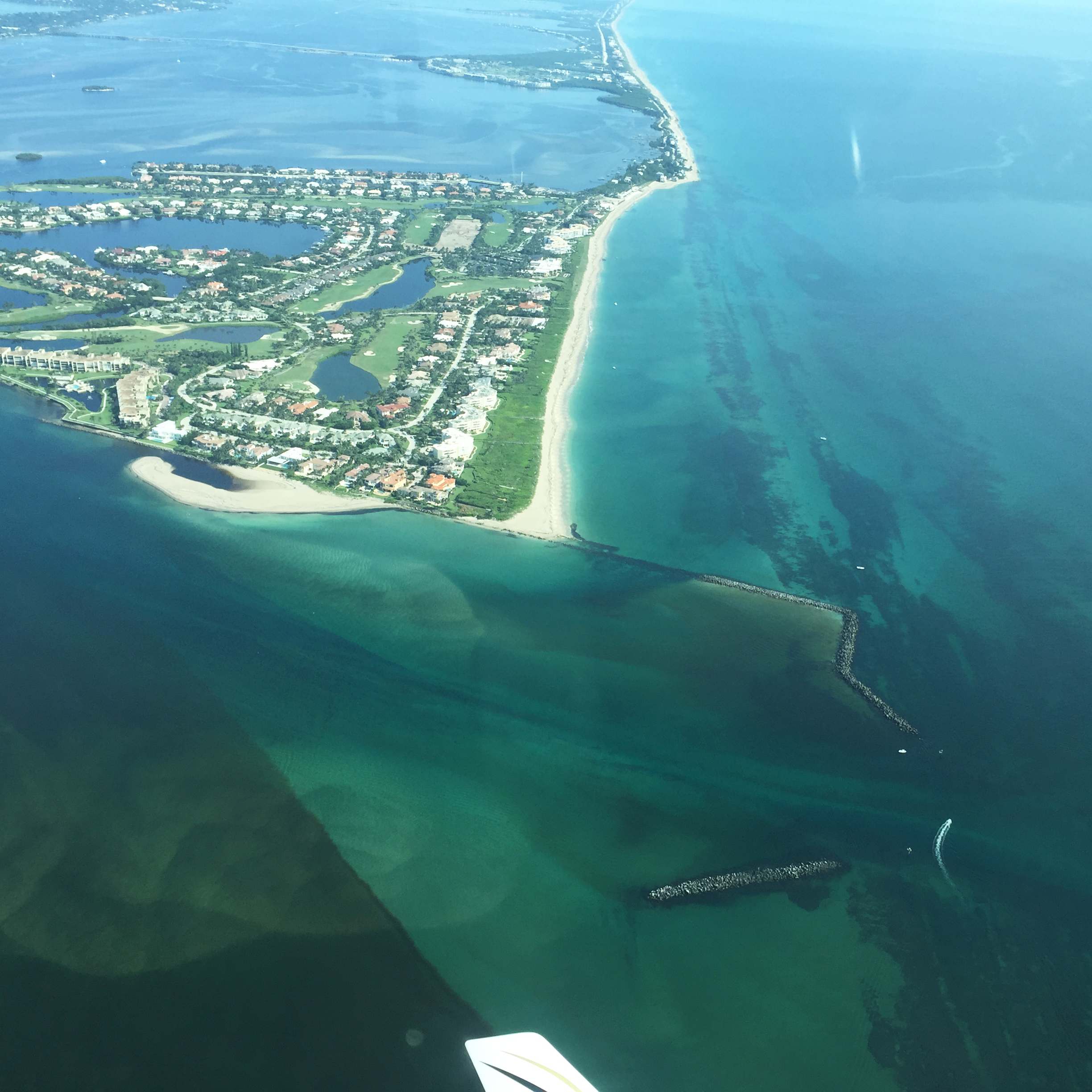Why is the Water Dark?
We often get asked about the waterways and what makes the water “dark” and “brown” when there aren’t discharges coming out from Lake Okeechobee. We asked water advocate, environmental engineer, and board member Gary Goforth, PhD., PE to help us understand what’s happening with our waterways.
Why is the water dark?
The water is dark water due to at least two factors: naturally occurring tannins and “muck”.
1. Naturally occurring tannins from decaying organic matter and tree roots create a tea-like color and clarity in the water. Following heavy rain events, dark water plumes both in the estuary and continuing out into the ocean have been recorded for the last 100+ years. However, over the last 100 years, the area draining to the estuary has almost doubled as large agricultural canals (C-23, C-24, C-44, C-25) were excavated - meaning more runoff from more land is now entering the estuary. So, part of the darkness is "natural", although over time, the watershed area has increased and land use has evolved.
2. Muck, or sediment along the bottom of the river/estuary, is often the dominant factor contributing to the dark color. The principal source of sediment/muck in the estuary is Lake Okeechobee discharges. Over the last 10 years or so, an average of more than 25 million pounds per year of muck has entered the estuary through Lake Okeechobee discharges. Much of this muck settles on the bottom of the river and estuary, and can be stirred up by rainfall events or winds. When we receive heavy rains like the ones in the past few weeks, the muck is more visible in the water column and water clarity decreases.
Reports from before 1923, when the canal connecting the Lake to the estuary began discharging, tell of clear tea-colored water where you could see 14 feet down to a sandy bottom (at a site where the Roosevelt Bridge is today). The estuary has not had Lake discharges since March 2019 and it took almost a year before we experienced the beautiful clear water. The sediment also damages the seagrasses by blocking sunlight. The estuary has lost almost all of its seagrasses, although we saw some recovery this year. Over time, as the sediment that has been stirred up by the recent storm flows begins to settle out once again, the clarity of the water should improve. This could take months of dry weather before we see the water clear.
For the St Lucie Estuary, septic tanks are only a small contributing factor for pollution, and the beautiful clear water we experienced before the rains came are evidence that septic tanks are not a primary cause of pollution. All during that time septic tanks were in use, and there were no reports of toxic algae or dark water. They do not contribute any sediment or color to the estuary. It is estimated the septic tanks contribute only 5-10% of the total nitrogen loading to the estuary and practically none of the phosphorus.
Author: Dr. Gary Goforth, PhD., PE and Florida Oceanographic Society




